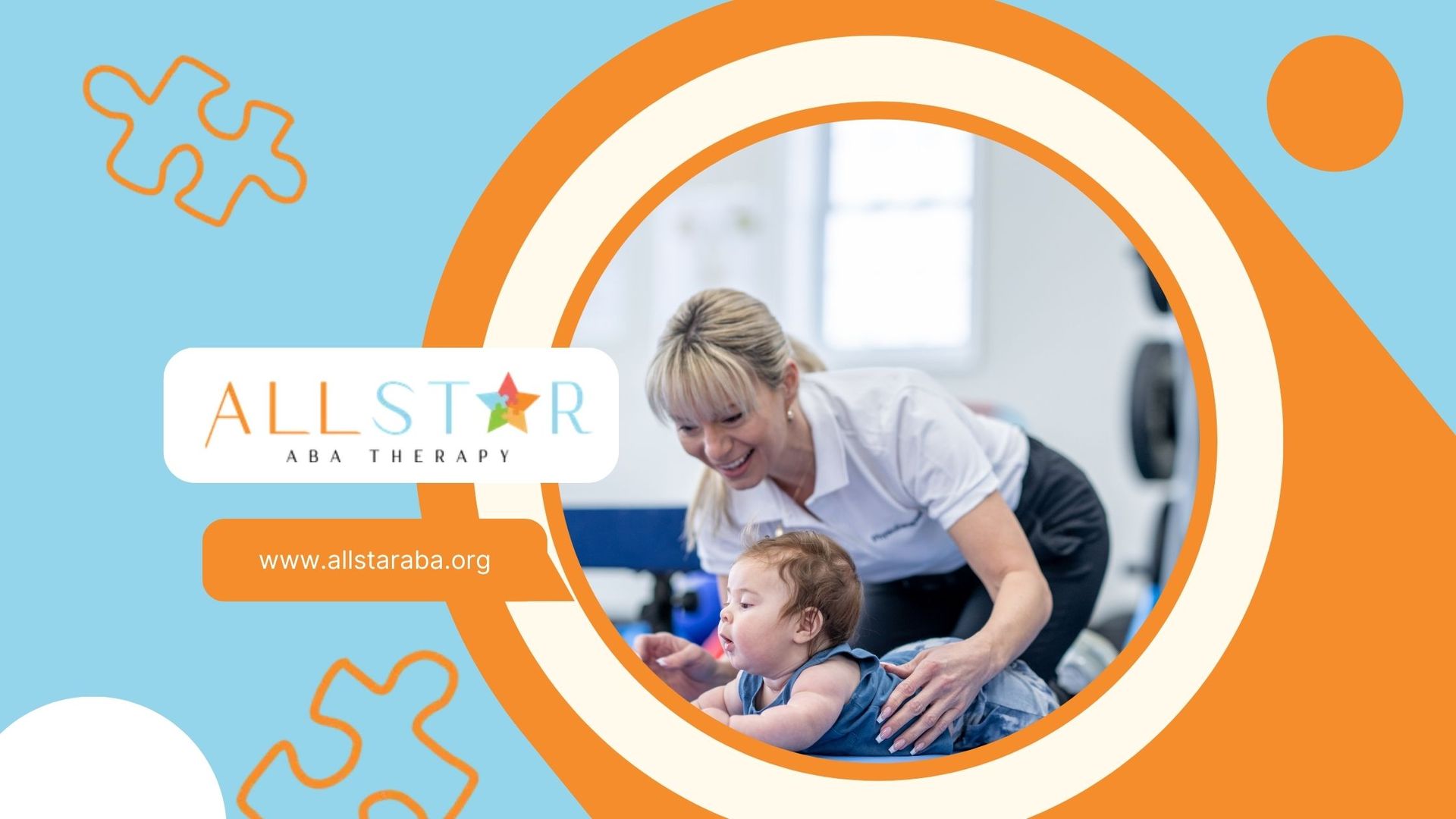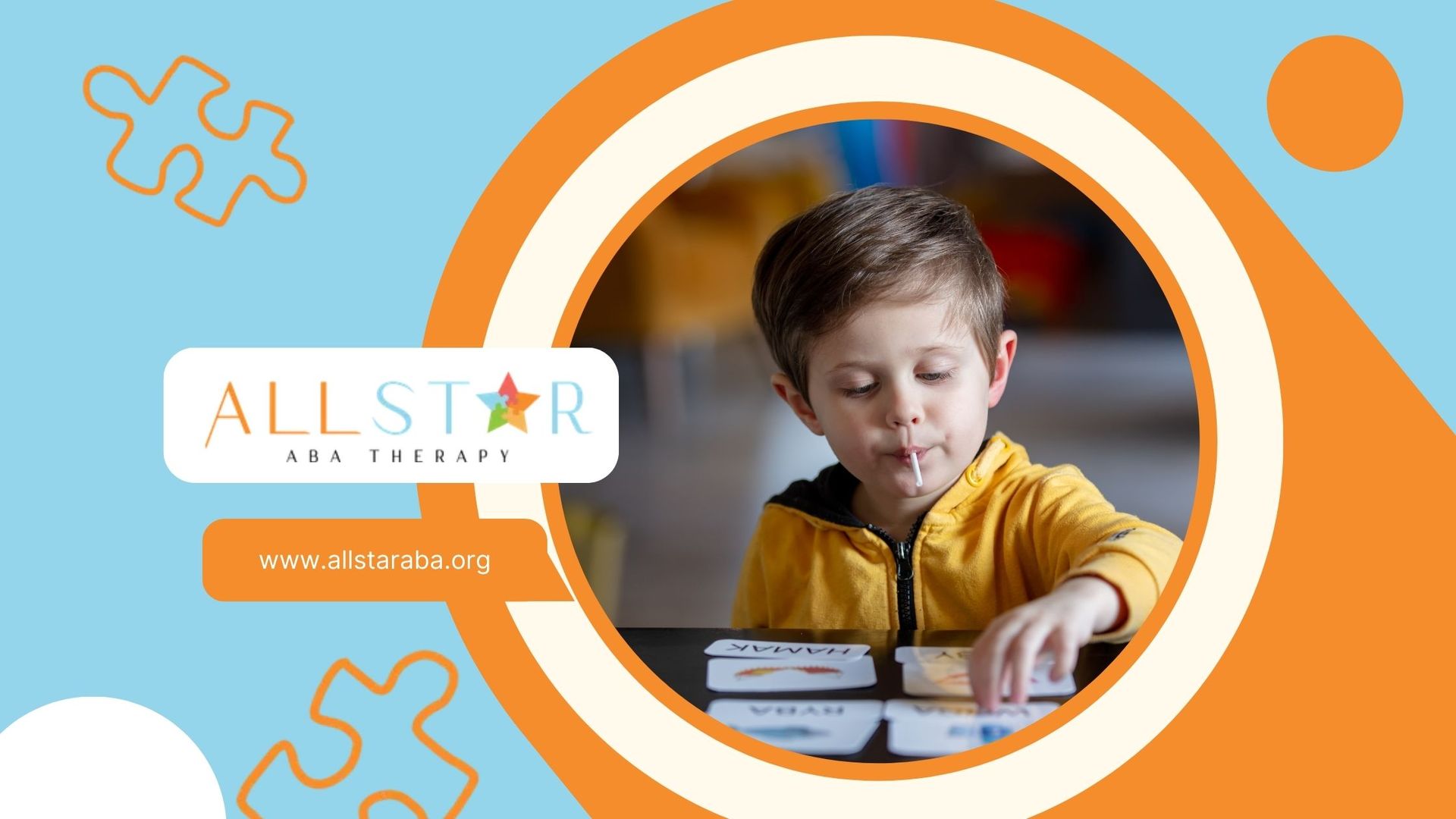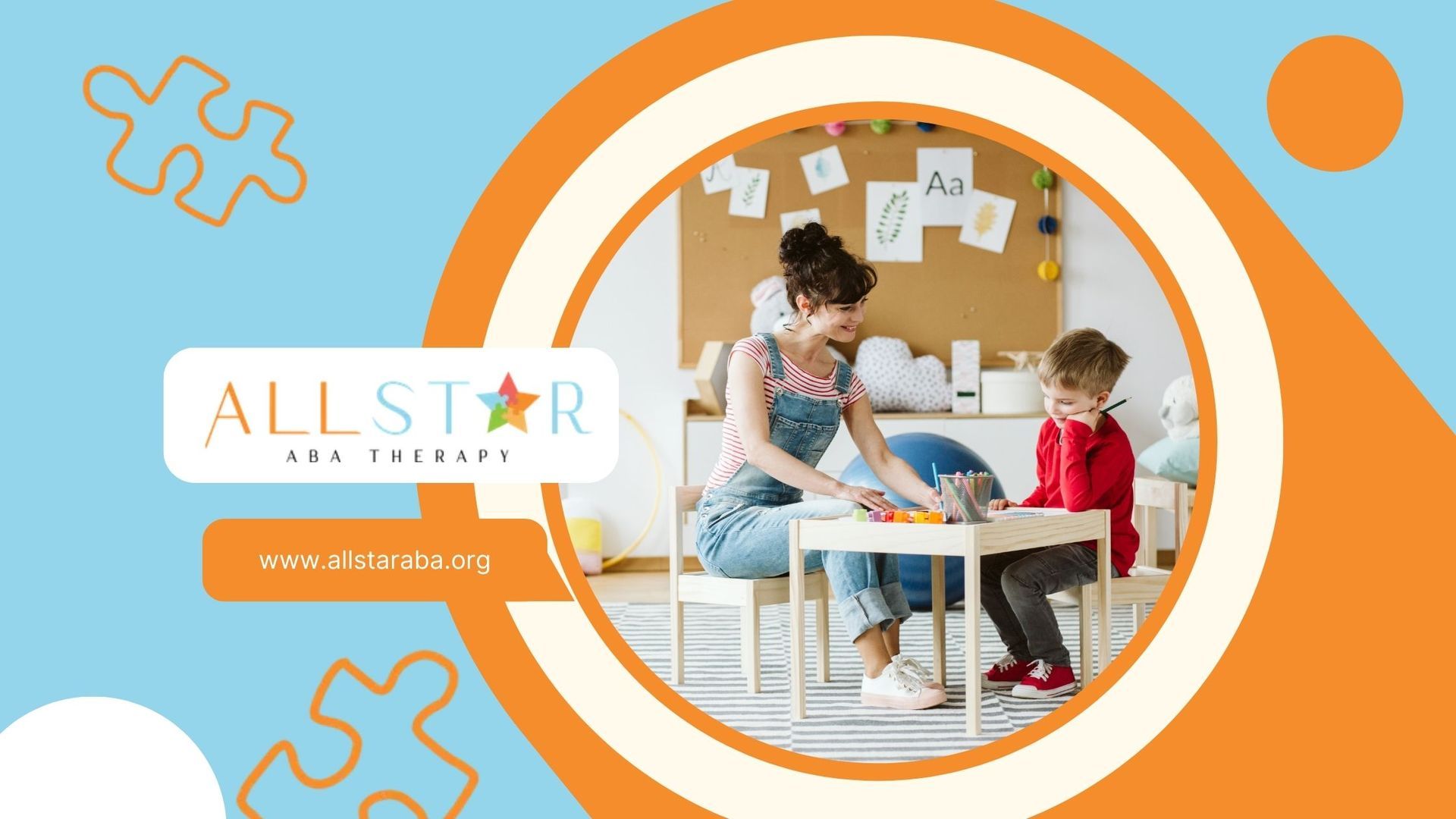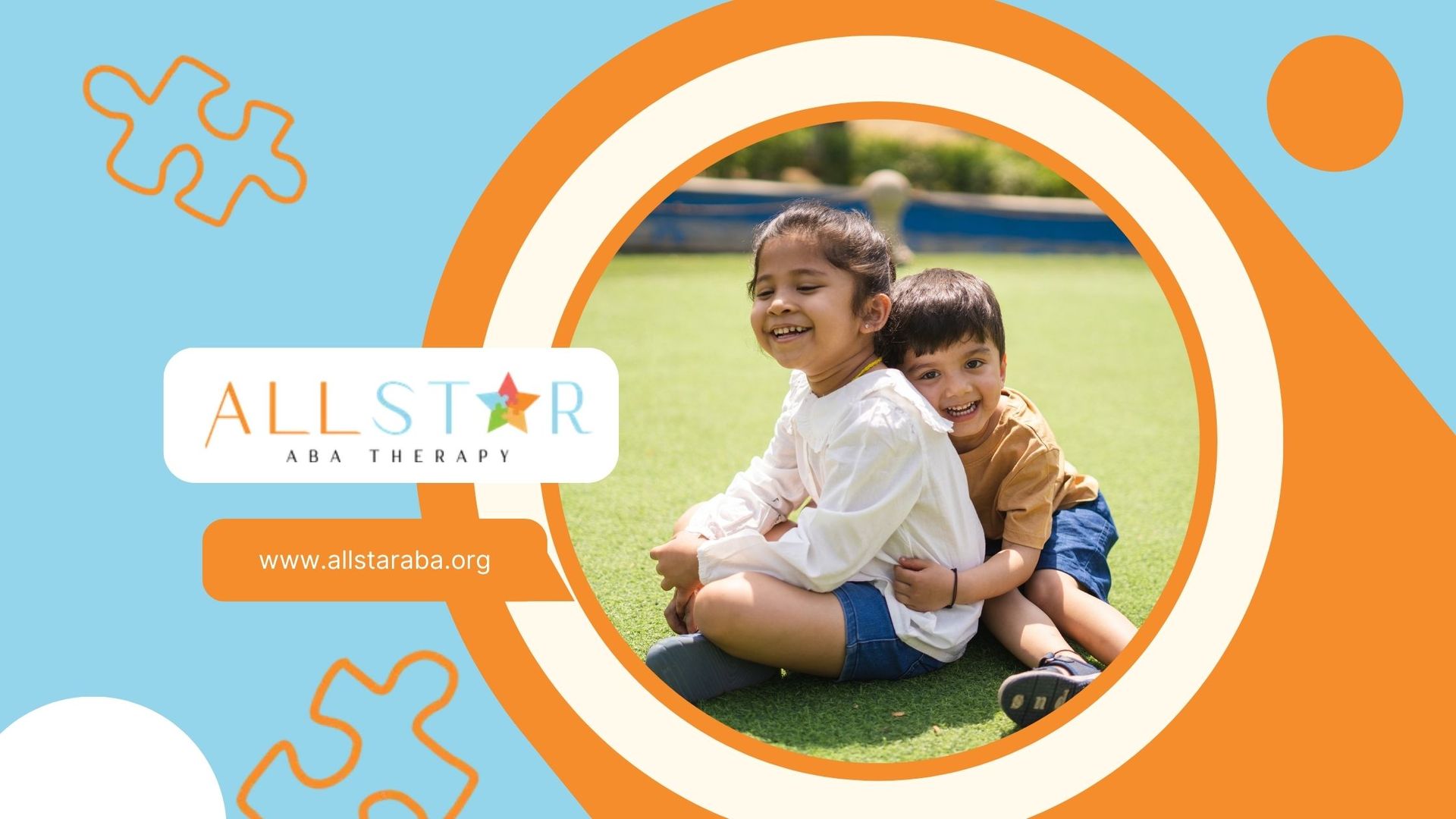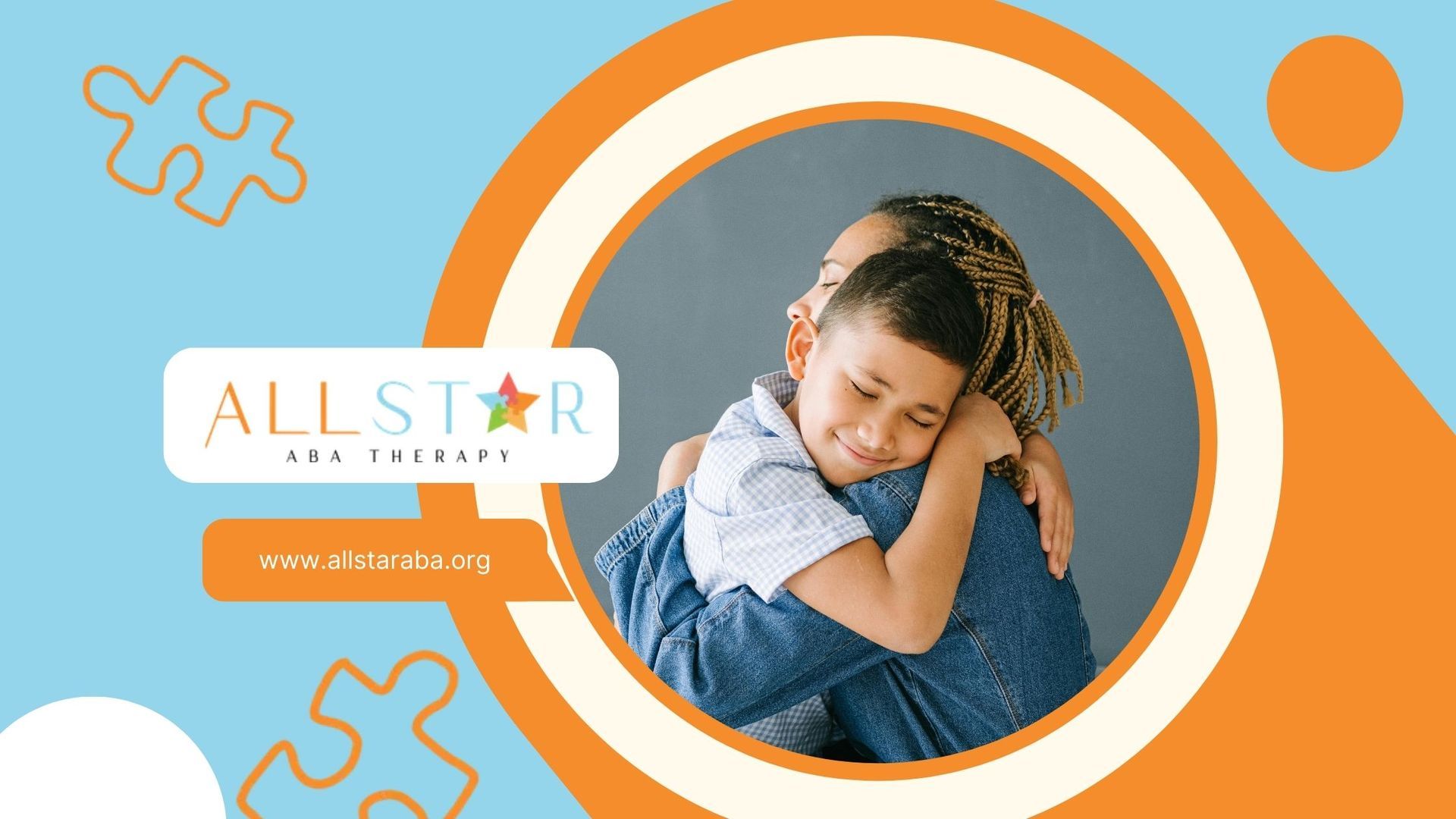New Paragraph
How Does Autism Affect Learning? Strategies to Manage
Autism Spectrum Disorder (ASD) presents unique challenges for learners. Beyond social and communication difficulties, individuals with autism often experience distinct learning styles and obstacles. This article explores how autism impacts learning, identifying common challenges and offering effective strategies to support autistic individuals in reaching their full potential.
How is Autism a Barrier to Learning?
Autism Spectrum Disorder (ASD) presents unique challenges that can significantly impact the learning process. Individuals with autism often encounter some barriers to learning in autism that hinder their educational progress. Some primary barriers include sensory sensitivities, communication difficulties, social challenges, executive function deficits, and rigid thinking and routines.
These challenges can create significant barriers to learning, making it essential to implement tailored strategies to support autistic students.
| Learning Disability | Description |
|---|---|
| Dyslexia | Difficulty with reading, often characterized by challenges in recognizing words, decoding, and spelling. |
| Dyscalculia | Difficulty with mathematical concepts, leading to challenges in understanding numbers and performing calculations. |
| Dysgraphia | Difficulty with writing, which may manifest as issues with spelling, handwriting, and organizing thoughts on paper. |
Overlapping with Learning Disabilities
A significant number of children with autism also experience learning disabilities, which can hinder their academic and social development. According to Autism Speaks, 31 percent of children with ASD have an intellectual disability. Additionally, research indicates that approximately 4 in 10 individuals with autism also have a learning disability.
The symptoms of autism and learning disabilities often overlap, making it challenging to identify and address each condition effectively. Both conditions can impact communication, learning, and social interaction. For example, dyslexia, a common learning disability, can exhibit symptoms similar to those of autism, such as difficulties processing visual and auditory information.
Some of the most prevalent types of learning disabilities that can affect individuals with autism include:
Prevalence of Autism
The prevalence of autism has been a growing concern globally. It is estimated that approximately 1 in 100 children has autism worldwide. However, figures can vary significantly depending on the study and region.
In the United States, the prevalence of autism spectrum disorder (ASD) among 8-year-old children is currently reported at 2.8%, an increase from 2.3% in 2018. This data is derived from the Autism and Developmental Disabilities Monitoring (ADDM) Network and may not represent all demographics within the country.
The impact of COVID-19 has also disrupted early autism detection, with younger children being less likely to have evaluations compared to older children. This interruption in childcare and healthcare services has affected the identification of ASD, highlighting the need for increased awareness and access to services.
Moreover, the prevalence of ASD among Asian, Black, and Hispanic children increased by at least 30% in 2020 compared to 2018, indicating improved screening and access to services for historically underserved groups.
Effective Teaching Strategies
Teaching children with autism requires specialized approaches to address their unique learning needs. Two effective strategies include Applied Behavior Analysis (ABA) Therapy and emphasizing reading comprehension.
Applied Behavior Analysis (ABA) Therapy
Applied Behavior Analysis (ABA) therapy is recognized as one of the most effective interventions for individuals with autism. ABA focuses on reinforcing positive behaviors while breaking down complex tasks into smaller, manageable steps. This method helps facilitate learning and skill development.
A study published in 2020 highlighted the benefits of long-term ABA-based interventions for children with autism. By utilizing rewards and incentives, ABA therapy aims to promote social development, and daily living skills, and redirect harmful behaviors like self-injury.
The implementation of ABA involves several key steps:
- Identifying Target Behaviors: Determine which behaviors need to be taught or modified.
- Collecting Baseline Data: Gather information on the current level of the target behavior.
- Setting Goals: Indicate specific goals in the child's Individualized Education Program (IEP) or Individualized Family Service Plan (IFSP).
- Selecting Evidence-Based Practices: Choose appropriate strategies to address the target behavior.
- Data Collection: Monitor the child's progress and effectiveness of the intervention.
Understanding how autism impacts learning is crucial for developing effective educational plans. At All Star ABA, we specialize in creating customized programs that address the unique learning styles and challenges faced by individuals with autism.
Our experienced therapists utilize evidence-based practices to develop essential skills, improve communication, and foster independence. We believe in building strong partnerships with families and educators to create a supportive learning environment.
ABA therapy offers a structured and individualized approach to teaching individuals with autism. By breaking down complex tasks into smaller steps, providing clear instructions, and utilizing positive reinforcement, ABA can significantly enhance learning outcomes.
Our ABA therapists in Maryland work closely with children to develop essential academic skills, improve attention span, and increase engagement in learning activities. All Star ABA is committed to helping children with autism reach their full potential. Contact us now to schedule a free consultation.
Emphasizing Reading Comprehension
Reading comprehension is critical for academic success and overall learning. Children with autism may struggle with understanding a text, making it essential for educators to employ specific strategies to enhance comprehension skills. Effective practices include:
- Visual Supports: Using pictures, diagrams, or graphic organizers to represent information visually.
- Modeling Thinking Aloud: Demonstrating how to think through a text while reading, encourages critical thinking skills.
- Interactive Reading: Engaging students in discussions about the text, asking questions, and prompting them to make connections to their own experiences.
Implementing these strategies can help children with autism become more confident readers and improve their overall learning experiences. It is essential for educators to regularly assess the effectiveness of these techniques and adjust as necessary to meet the individual needs of students.
Incorporating effective teaching strategies like ABA therapy and a focus on reading comprehension can significantly benefit children with autism as they navigate their educational journeys.
Evidence-Based Practices for Education
Understanding how autism affects learning is crucial for parents concerned about their children's educational progress. Evidence-based practices (EBPs) are essential for effectively addressing the learning difficulties associated with autism.
Every Student Succeeds Act (ESSA)
The Every Student Succeeds Act (ESSA) is a federal law that emphasizes the importance of using evidence-based academic and behavioral practices for children with autism. Along with the Individuals with Disabilities Education Act (IDEA '04), ESSA mandates that educators implement strategies that are proven to be effective in supporting learning and development for students with autism.
The focus on evidence-based practices ensures that students receive appropriate instruction tailored to their unique needs. This law promotes accountability and requires schools to demonstrate progress in student learning outcomes, particularly for those with disabilities.
Implementing Evidence-Based Practices
Implementing EBPs involves a systematic approach to teaching children with autism. Educators should follow several key steps to select and apply these practices effectively:
- Identify Target Behavior: Determine which specific behaviors or skills need to be developed or improved.
- Collect Baseline Data: Gather initial data on the child's current performance related to the target behavior to establish a starting point.
- Set Goals: Include measurable goals in the child's individualized education program (IEP) or individualized family service plan (IFSP) to track progress.
- Choose Appropriate EBPs: Select evidence-based practices that align with the identified target behavior and the child's needs.
- Monitor Progress: After implementing the chosen strategies, educators must collect data on the child's behavior to evaluate the effectiveness and fidelity of the intervention.
The process of selecting and implementing EBPs is essential for helping children with autism navigate their learning challenges effectively. One widely recognized approach is Applied Behavior Analysis (ABA), which focuses on reinforcing positive behaviors and breaking down complex tasks into manageable steps. This method has been shown to promote social development and enhance daily living skills.
By adhering to the guidelines of laws like ESSA and utilizing EBPs, educators can empower students with autism to overcome learning difficulties and achieve their educational goals.
Addressing Learning Challenges
Understanding the relationship between Autism Spectrum Disorder (ASD) and learning challenges is crucial for parents concerned about their child's educational progress. Two common learning difficulties that can occur alongside autism are dyslexia and Attention-Deficit/Hyperactivity Disorder (ADHD).
Dyslexia and Autism
Dyslexia is a prevalent learning disorder affecting reading abilities, impacting word recognition and decoding. It is estimated that between 5 to 15% of Americans have dyslexia, which can occur independently or alongside Autism Spectrum Disorder.
Children with both dyslexia and autism may face heightened challenges in reading due to the overlapping difficulties associated with each condition. While ASD itself does not qualify as a learning disorder, it can exacerbate the issues faced by children with dyslexia, particularly in areas like rote memorization and understanding complex ideas.
Attention-Deficit/Hyperactivity Disorder (ADHD)
Attention-deficit/hyperactivity disorder (ADHD) frequently coexists with autism, posing additional challenges for learning. Studies indicate that 30 to 50 percent of children with ASD also exhibit symptoms of ADHD. This can lead to difficulties with hyperactivity, sensory processing, sustained attention, and concentration, which can impede learning.
Children with both ASD and ADHD may struggle with executive functioning skills, which encompass working memory and planning. These executive function issues can significantly affect learning, making it vital for parents and educators to implement targeted strategies to support these children in their educational journey.
Addressing these learning challenges effectively requires a comprehensive understanding of each disorder and the ways they may intertwine. By providing appropriate support and resources, parents can help their children navigate their educational experiences more successfully.
Frequently Asked Questions
How does high-functioning autism affect learning?
High-functioning autism often impacts learning through difficulties with social interaction, communication, and sensory processing. Individuals may excel in specific academic areas but struggle with understanding social cues, following instructions, or managing sensory overload. This can lead to challenges in classroom settings and hinder overall academic performance.
How does autism affect a child's intellectual development?
Autism can impact intellectual development in various ways. While some individuals with autism exhibit intellectual disabilities, many others possess average or above-average intelligence. Common challenges include difficulty processing information, problem-solving, and abstract thinking. Additionally, social communication impairments can hinder learning and development, as social interaction is crucial for cognitive growth.
How does autism affect learning in adults?
Autism can significantly impact learning in adults. Challenges often stem from difficulties in social communication, executive functioning, and sensory processing. This can hinder academic pursuits, career advancement, and independent living. Adults with autism may also experience anxiety, depression, or other mental health conditions that further complicate learning and adaptation.
Need Support?
We're Here to Help!
Our experienced team is ready to assist you. Reach out today to discuss how we can support your child's development and well-being.
Get started with expert ABA therapy today.



